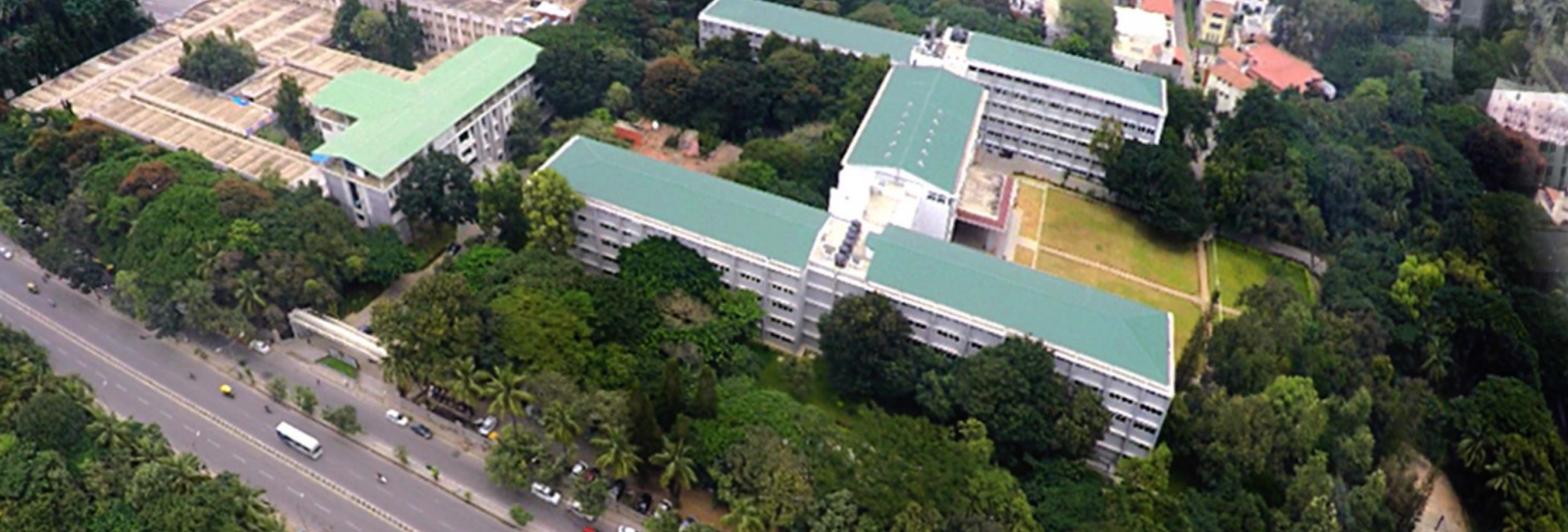

St.John’s Medical College – A Historical Perspective
The 1970’s saw several events that helped define the character of the institution. The first was the decision that medical students after graduation would work in rural areas for a compulsory two years thus fulfilling the mandate set out by the founding fathers of the institution to serve poor needy communities. This continues to date. Over the years many of our alumni have dedicated their entire professional lives serving the health needs of the underprivileged in rural communities across the country. The second event was the decision of reserving a certain proportion of medical seats for religious nuns. The college admits 20 religious sisters every year who after graduation dedicate their lives to the care of the sick and the needy, many in remote, inaccessible areas of the country in the spirit of Christ. The third significant event was the creation of a disaster response cell. It began in a spirit of volunteerism in 1971 with several batches of interns and students attending to the health needs of war refugees from East Pakistan. It has sent fast response medical teams for all subsequent natural disasters including the Orissa mega cyclone of 1999, the Tsunami in the Andaman and Nicobar Islands, the flash floods in Uttarkhand and the major earthquake in Nepal, among others.
From its inception, St. John’s Medical College was committed to excellence in medical education and research. It is one of the first institutions in the country to provide foundational courses in Medical Ethics and Behavioral Skills. More recently, it has adopted newer teaching technologies such as web-based learning and problem-based learning modules. St John’s has the unique distinction of having the largest number of students from a medical college in India to have been awarded the prestigious Rhodes scholarship in addition to many university awards and distinctions. Its preeminent alumni occupy distinguished positions in several centres of higher learning both within and outside the country.
In the year 2004, the St. John’s Research Institute was set up with its own Dean, to build capacity in research in the specific areas of lifestyle related disorders, infectious diseases and Cancer etc.
St. John’s Medical College thus strives to provide holistic training to its students that has solid foundations in technical excellence but is tempered with compassion and dedication to make them empathic and humane practitioners. The college has been consistently ranked as one of the top ten medical schools in the country, but the true measure of its worth will always be gauged in its own eyes, in terms of how it meets the wider needs of the underserved sections of society throughout India
